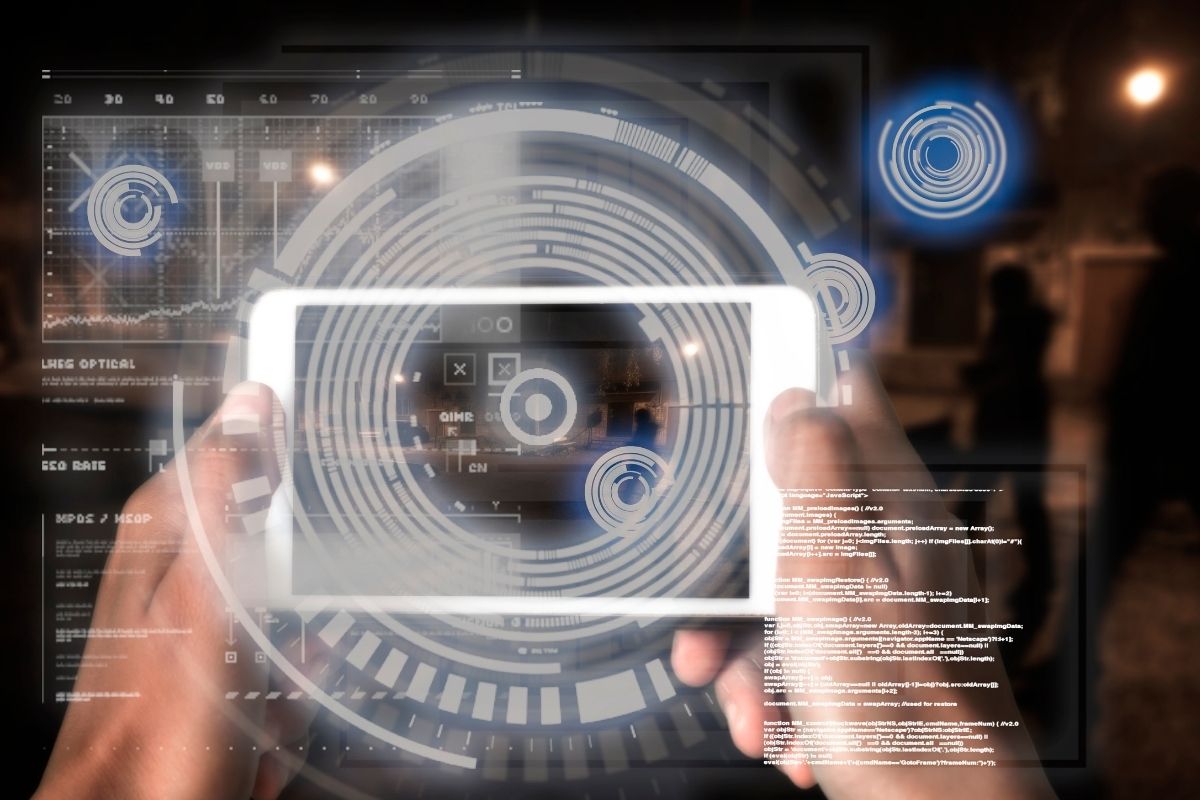The Internal Revenue Service wants to use AR to overlay relevant information on existing forms.
The IRS has issued a draft request for proposals (RFP) with the intention of using augmented reality (AR) to help boost the digital user experience for Americans using mobile devices.
The goal is to let Americans use technology they already have to make existing forms clearer.
The IRS’s draft RFP suggests that the government agency is looking for augmented reality solutions it can apply to existing forms. In that way, contextual support information can be overlayed on the forms using mobile devices to add to the existing experience. The draft solicitation indicates that the agency is not expecting to host the solutions on its own architecture.
Furthermore, the solutions successfully tested will need to include a form of data collection element for offering AR functionality usage feedback.
The IRS described its desired result as one that will “provide solutions capable of generating information which improves the taxpayer experience when any mobile device is directed at IRS images” or documents using AR or similar tech. The agency will be using its Pilot IRS program. That program currently causes vendors to face “solution challenges” for the testing and deployment of experimental products. It helps to identify issues in using various features and additions before any final decisions are made.
If successful, the agency will announce funding for the augmented reality solution it has selected.
Using Pilot IRS, the agency has announced a number of projects to be funded while undergoing a three-phase strategy to decide whether the experimental tech and solutions will allow the agency to meet its goals. It is used to discover which solutions best perform based on past performance, technical capabilities and price.
Among the phases the solutions must undergo include proof of concept and prototype. In the case of the augmented reality solutions, it would require contractors to be able to demo their capability for improving the user experience of the forms. The next phase is additional testing and piloting, in which experimental solutions are piloted while accumulating real-time feedback on the efficacy and desirability of the interface. The final phase is deployment, which usually occurs over several years and scales the solution over time as the agency decides if funding will be extended.

